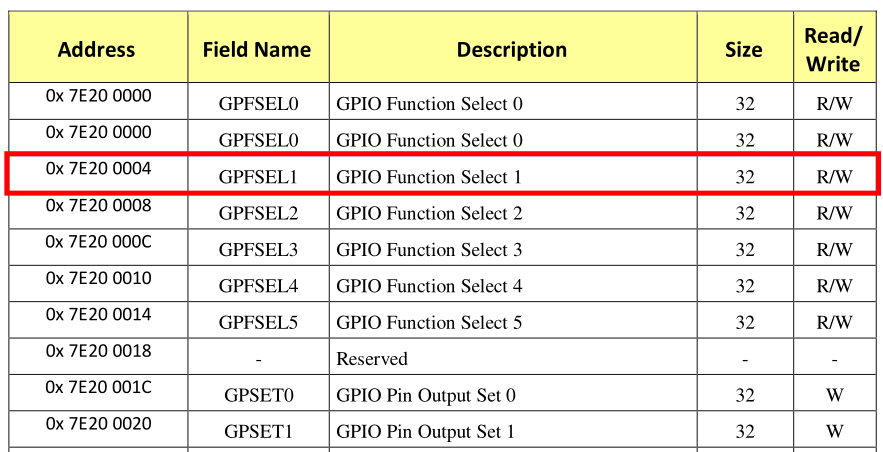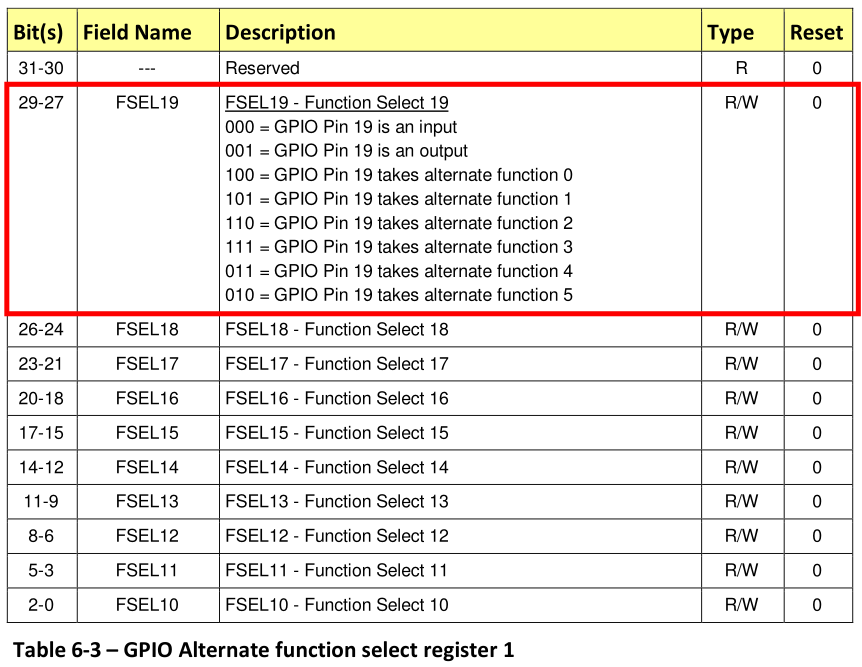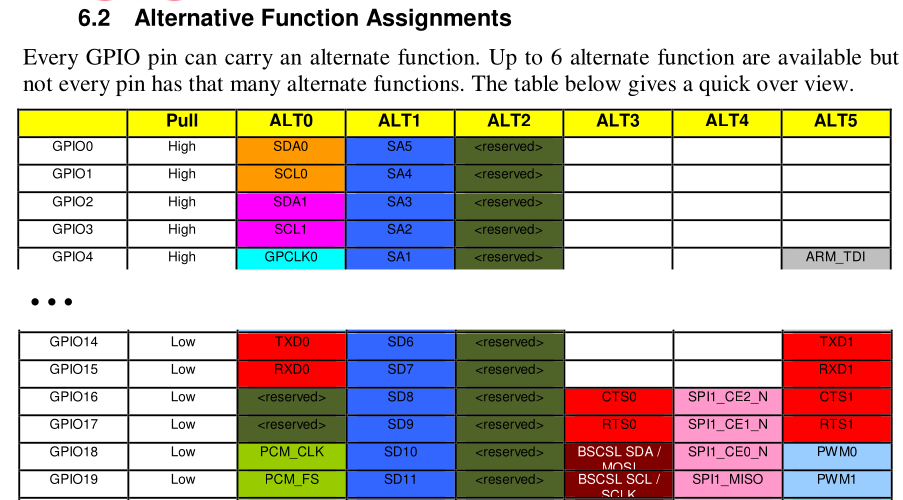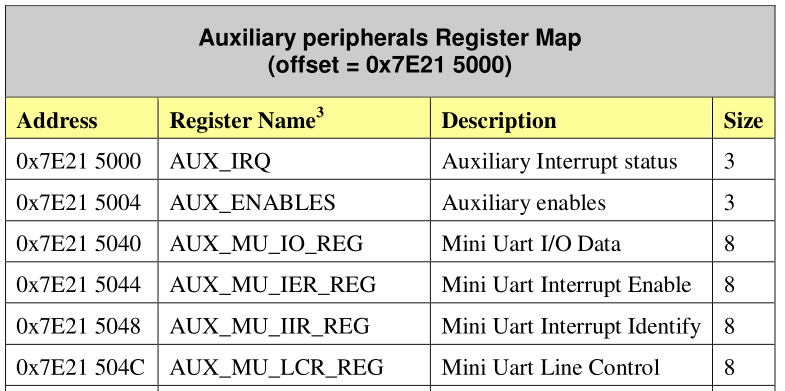Q&A
- What about the RPi’s default kernel, Raspbian?

Taesoo Kim
Taesoo Kim
Common answers:
It is important to support 64-bit by an operating system because a 64-bit processor can handle more data at once.


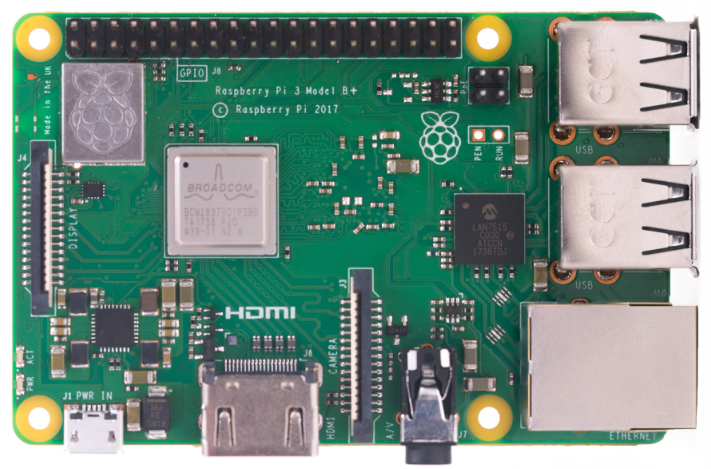
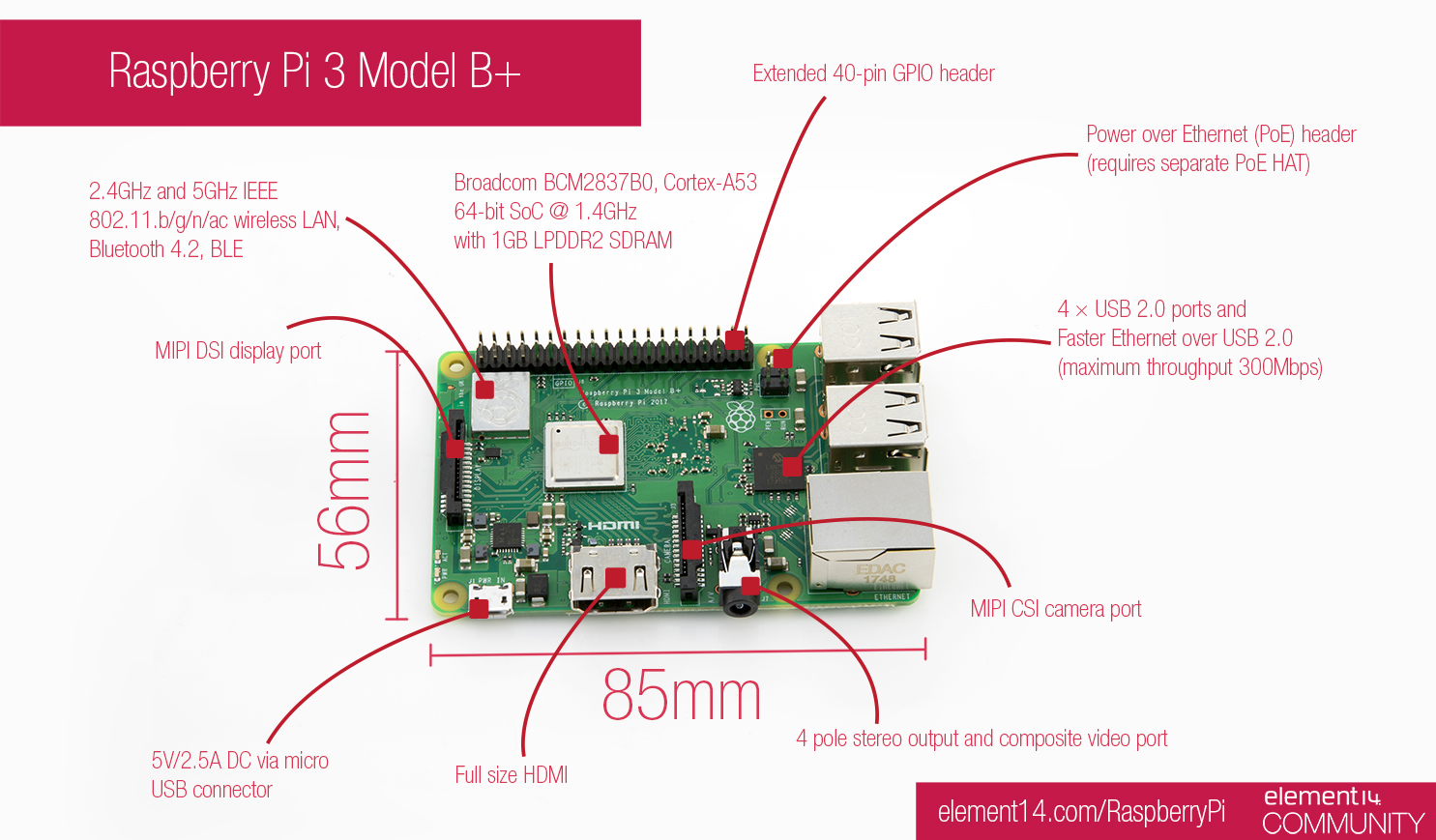

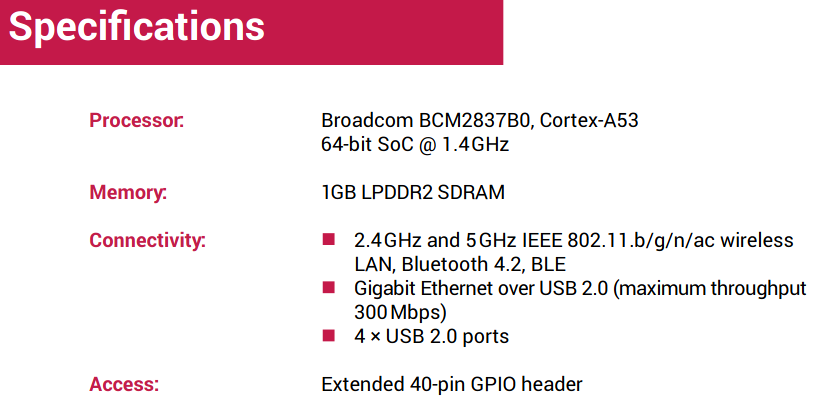
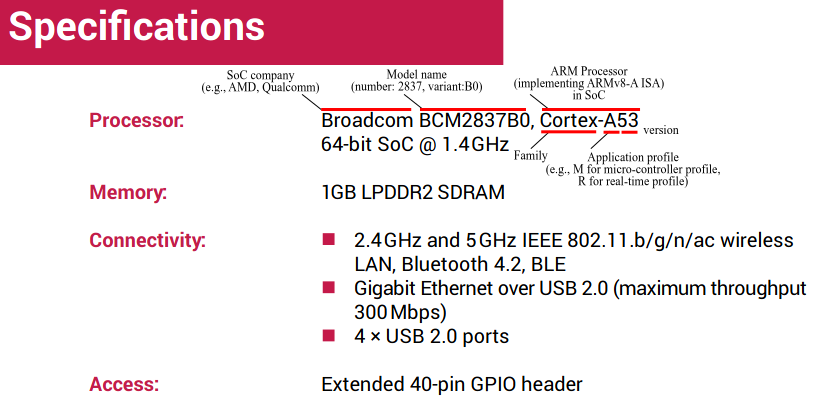
This is the Broadcom chip used in the Raspberry Pi 3, and in later models of the Raspberry Pi 2. The underlying architecture of the BCM2837 is identical to the BCM2836. The only significant difference is the replacement of the ARMv7 quad core cluster with a quad-core ARM Cortex A53 (ARMv8) cluster.
Ref. BCM2837
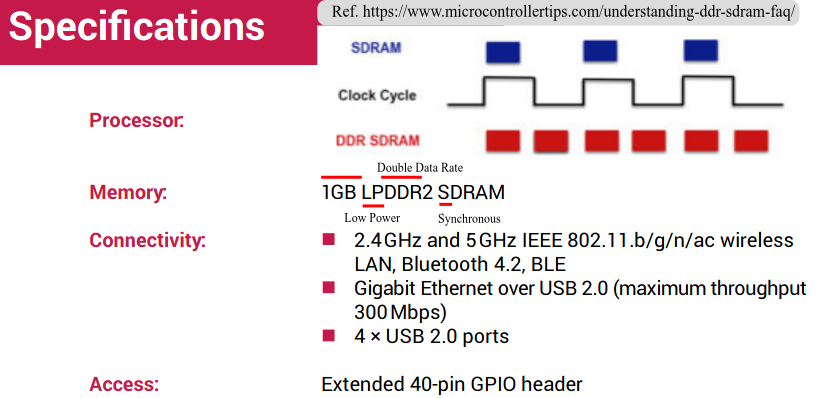
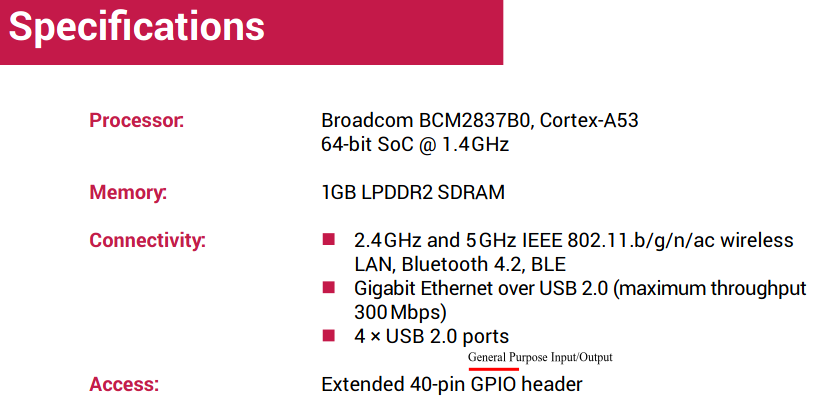
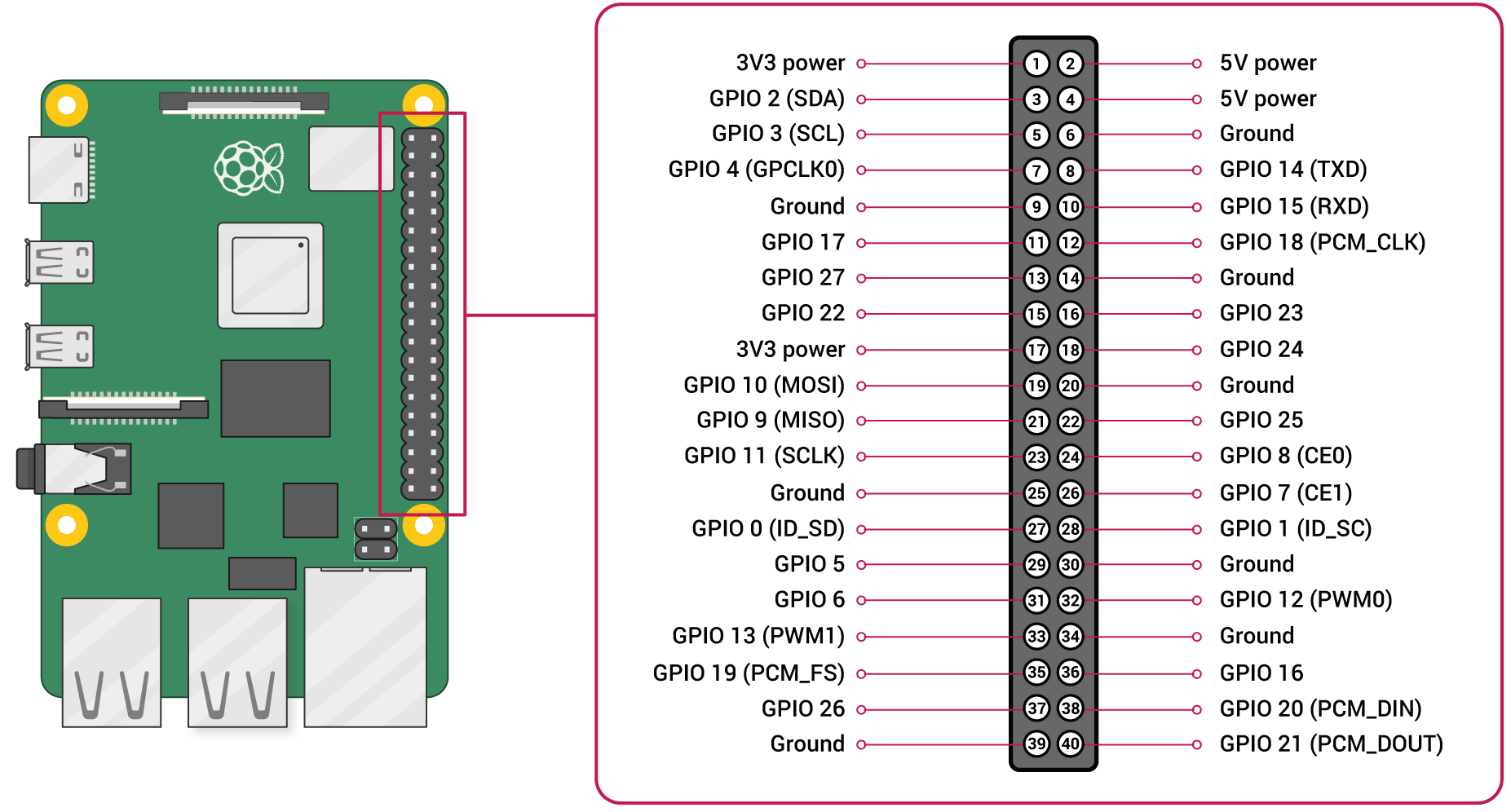
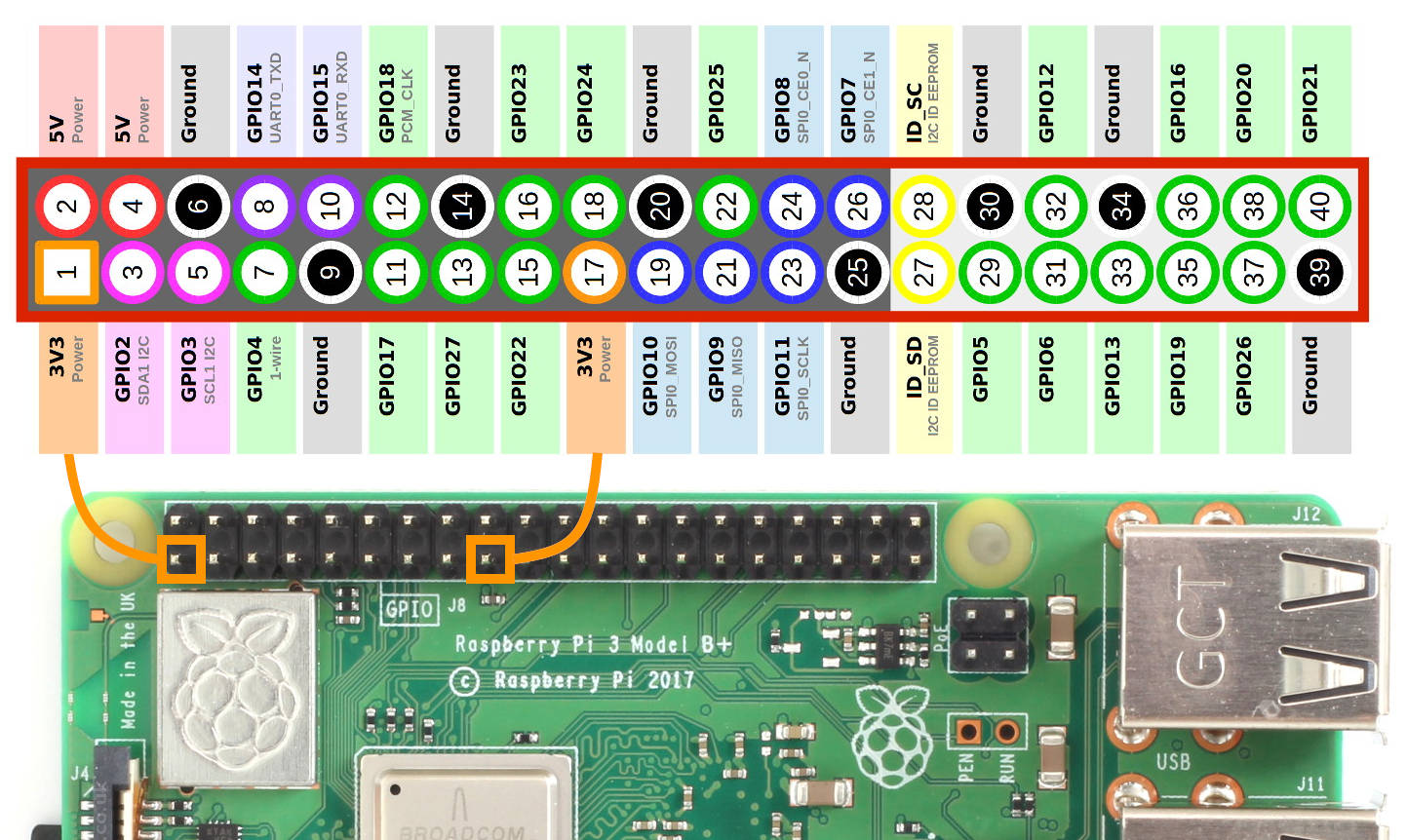
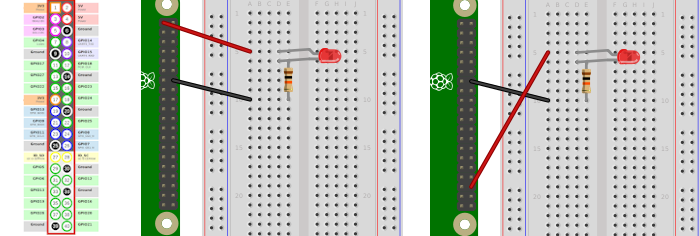

Ref. BCM2837 Data sheet
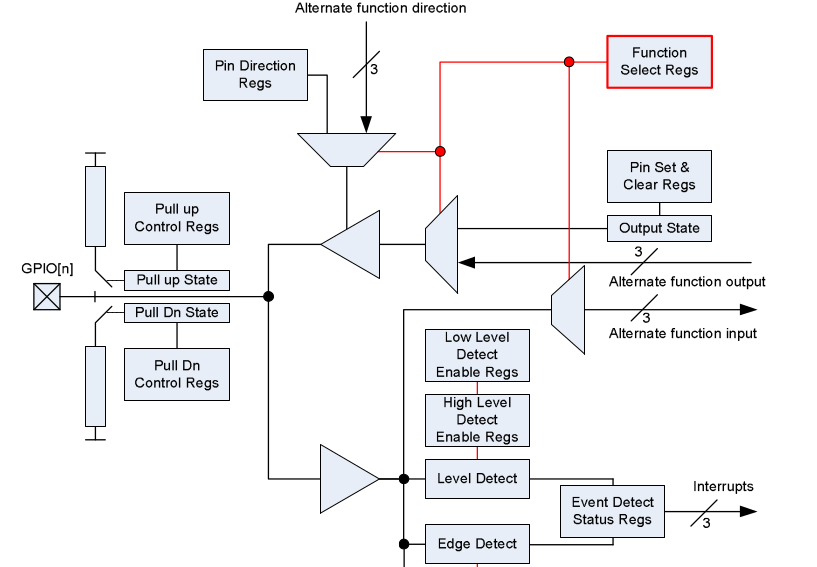
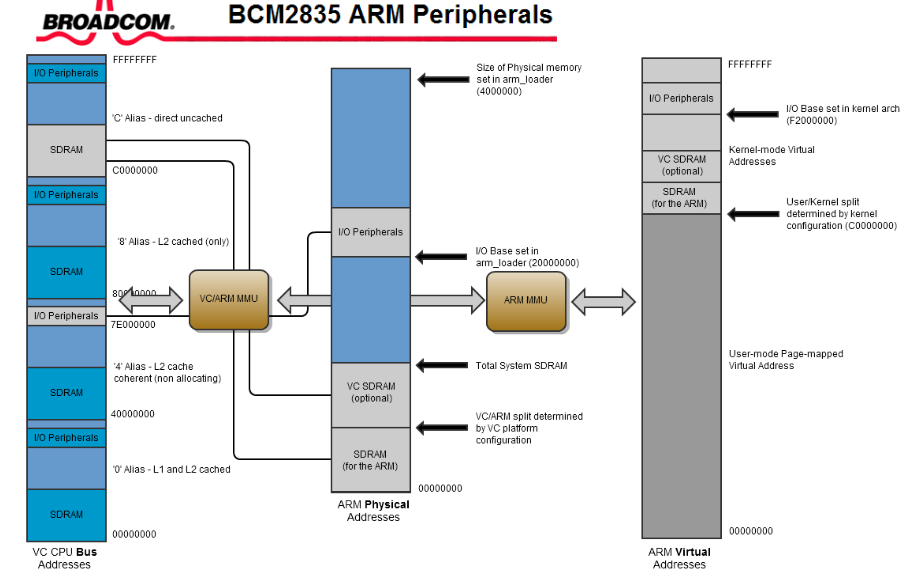
Ref. VideoCore
bootcode.bin (see ext/firmware)str/ldr to access peripheral registers